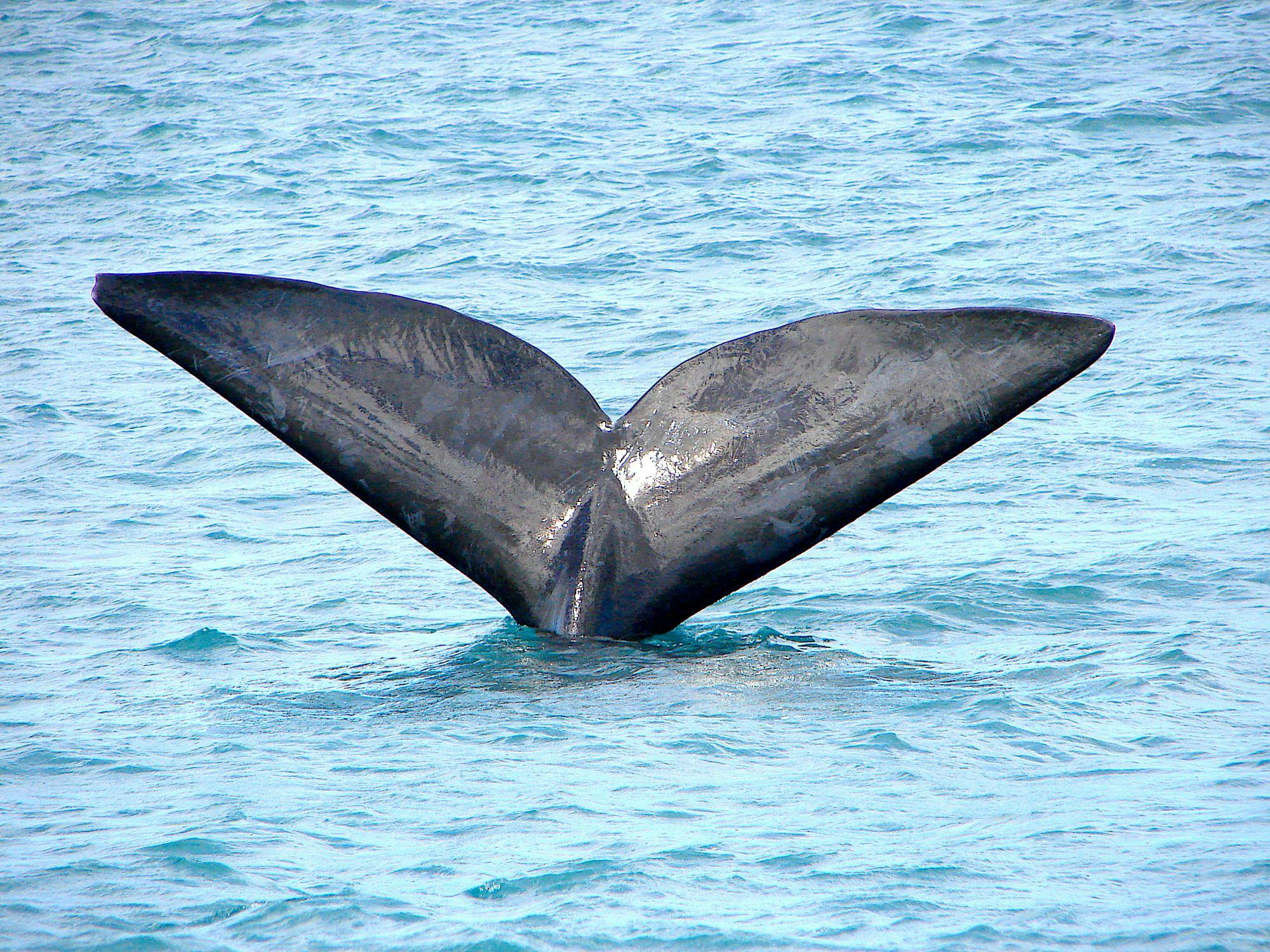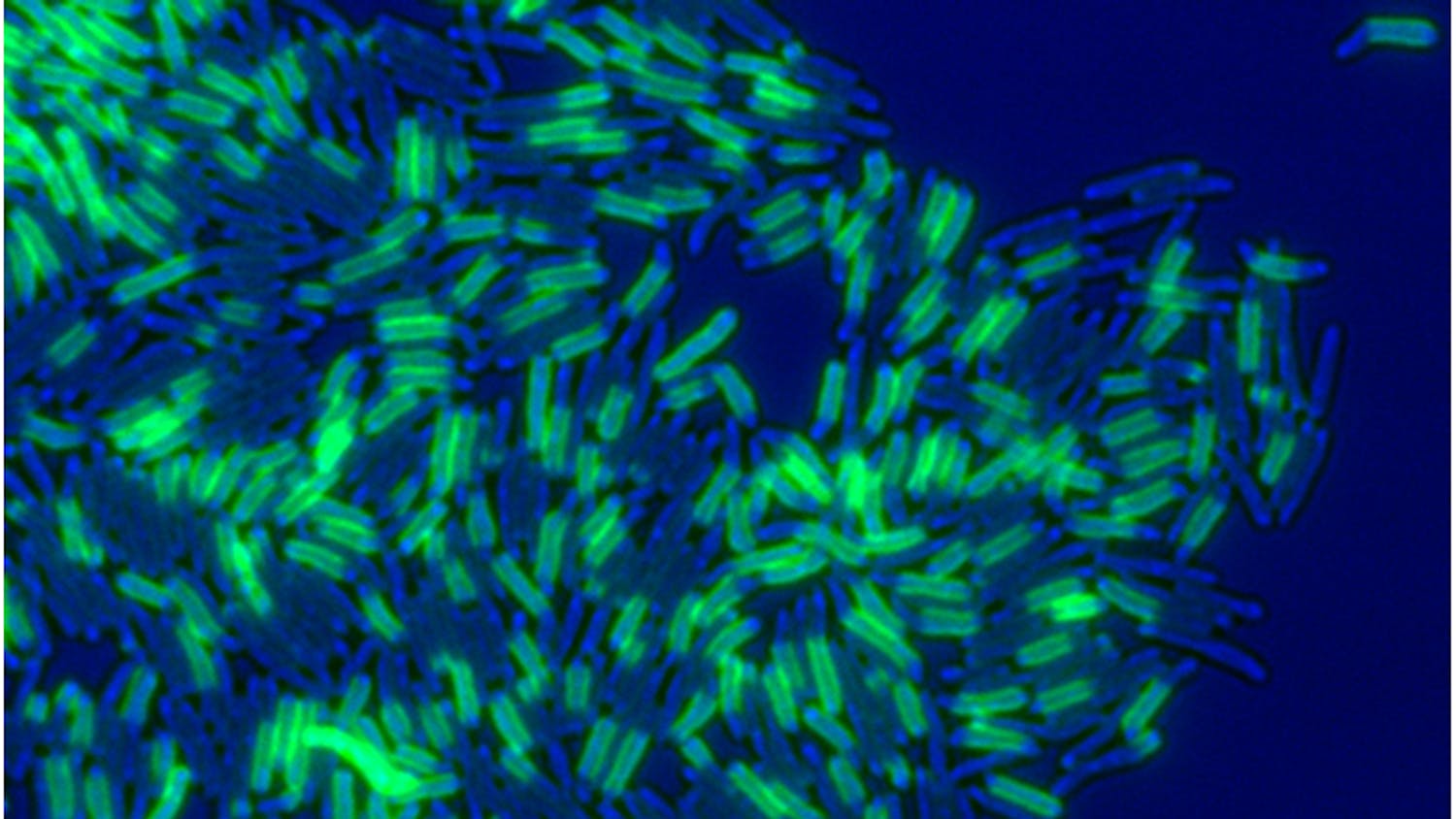Nearly 50 years after the Endangered Species Act of 1973, we are faced with the rapid and imminent extinction risk of many marine species. In a time of such sweeping ecological change, we cannot afford a silent spring, silent waters or silent consumers. We must create noise to help reshape industry and policy.
Below is an interview with Michael Moore, a senior scientist and veterinarian at the Woods Hole Oceanographic Institution. Much of Moore’s career has been dedicated to research on the health and growth of North Atlantic right whale populations. In his book, “We Are All Whalers: The Plight of Whales and Our Responsibility,” Moore links the collapse of the species to damage from shipping and fishing trauma. Below Moore joins me for a discussion on the immediate jeopardy of the North Atlantic right whale, and how we all contribute to the right whale’s extinction risk through supply chains and consumer demand.
Editor’s note: This interview has been edited for length and clarity.
Michael Moore (MM): I gave testimony at a subcommittee for the House on vessel speed regulations and on-demand fishing. There weren’t many questions, and my piece was ignored. My colleagues tell me that what I had to say in the written record was valuable and that we need to show up for these sorts of things.
Amelia Macapia (AM): Why are North Atlantic right whales so important for your research and how did you first encounter and discover them?
MM: It was serendipity. I was interested in the relationship between humans and marine life. I was called into a North Atlantic right whale project to come look at why the whales were dying and take samples for the toxicology. I tripped up on the rope that one of these animals was entangled in and realized that the toxicological questions I was asking were less pressing than the acute problems of entanglement.
AM: What are North Atlantic right whales like and how do they behave?
MM: They are the size of 40-foot 18-wheeler trucks and are torpedo-shaped with large heads and mouths that allow them to feed through filtration. They are persistent and stubborn animals that are focused on harvesting the food they need to prosper. The whalers called them the “right” whale because they were the right whale to kill for oil and baleen; they are slow and relatively approachable.
AM: You write about how after years of examining dead right whales, you began promising each whale that you would tell its story. Could you talk about what it’s like performing necropsies on dead right whales working with a history that must be pieced together at the surface?
MM: Initially it was quite emotional because I got a sense of the dire nature of the status of the species. The whale that I first spent a lot of time with was an animal called Staccato, which was hit by a ship in Cape Cod Bay in 1999. There was a day when everybody had gone home, and I was left with the task of getting the skeleton into a truck for the museum. Bone by bone I laid the whale down into the big steel box. It felt like a coffin for the species, and it was really hard. As time goes on, familiarity breeds contempt. My contempt wasn’t for the whales, it was for us, hence the book.
AM: You go on to take the perspective of our grandchildren 50 years in the future. Allow me to quote from your book: “How could they have been so shortsighted as to demand affordable lobster and crab rolls, and cheap shipping of goods from overseas, despite the fact that they knew that the North Atlantic right whale species was headed for extinction?” and “Finally, they all saw that there was a way for whales, fisheries, and ships to coexist. It just took some legislative, regulatory, and political honesty and fortitude.” I take your point that the problem is solvable, but what prospects do you see going forward for histories of the North Atlantic right whale?
MM: It is a much bigger problem than the fate of the North Atlantic right whale. It is the fate of our biosphere and how to change our priorities. Our priorities dictate how our systems, broken as they are, operate. If we can’t change growth, the model that we all seem to be addicted to and the policies that drive that, I am pessimistic. How to pursue the issue of our priorities is the question for the rest of my life and I’ve been struggling to look at that. You know, we’ve all got to make a noise to spread around the world. It’s what we care about. We care about ourselves, we all do, and that’s the fundamental conundrum. Science and technology have given us all sorts of luxuries that we expect, myself included, whether that be insulated houses, seafood on the table, toys from China and so on. I look around the room in here and don’t have to go any further than that to recognize where the problem lies.
AM: You write that you have “no angst toward the fishing industry. It was simply doing what I, as one of many, many seafood consumers, demanded.” Why do you think the issue is consumer-based and not industry-based?
MM: Industries exist because of consumers. If everybody stopped buying lobster, which I am not necessarily saying that we should, there would not be a lobster industry because the industry would go somewhere else. If we all stopped buying fuel oil and things from China, those ships would not prosper. But it comes down to too many humans. How do we tread more lightly? Have expectations that are sustainable? Because right now we don’t.
AM: What is the greatest barrier to understanding our effect on marine life?
MM: Our effect on marine life is well understood in many different contexts, including the right whale. The greatest barrier is translating that knowledge into appropriate action to mitigate those effects. The Endangered Species Act has driven a lot of science and we have learned a lot about the effects of human beings on marine life. But why are many species still going extinct? Simply because we are having a hard time enacting and enforcing the necessary measures that we know have to happen. The rate limiting step is our will, not our understanding.
AM: How do you convince someone that they have a moral responsibility?
MM: Some of my colleagues say I'm wasting my time pounding the drum about consumer demand and that it's all about federal law. If that's right, then there needs to be better enforcement of what we know needs to happen. The Endangered Species Act says thou shall not kill a right whale. Since that was codified in the early ’90s in a model, never has that model been satisfied in terms of the rate at which we are killing right whales. It comes back to priorities. Voters don’t want to see the impact that the laws are requiring. So, it ultimately comes down to the balance of powers and the economics and politics and how everybody adds up their expectations and commitments.
AM: Your book is about commercial industry and issues of gear entanglement and ship strikes but you end it with two stories told in the first person of the suffering whales. Why did you decide to tell the story of their pain from the first person?
MM: Life is too short for scientists not to do what I tried to do there, which is trying to familiarize and emotionalize these animals as much as we can. Familiarity and affection and emotion are all bona fide pieces of human behavior. If there was an industry causing the dogs in the streets of Boston to die, people would be protesting. Wildlife is out of sight, out of mind. We do what it takes to bring those endangered animals into our living rooms, with documentaries, cartoons and exposition of what the scientists know. In 2006, I published a paper, there was a talk associated with it, called “Fatally entangled right whales can die extremely slowly.” That was the first time that I pulled that punch. I can remember sitting there with a colleague talking about if we were going to use that title. But it takes a certain amount of courage I suppose, or not necessarily caring about the consequences. What is interesting to me is the reaction I’ve gotten from my peer group. Especially retired scientists from Woods Hole Oceanographic Institution, you would think they would be the most resistant but actually, they are the most supportive.
AM: What do you think is the role of storytelling in animal advocacy and creating empathy for nonhuman animals?
MM: I don’t think I fulfilled that role very well. I started off by having a piece of writing like that as the epilogue to each chapter in my book. I wanted to tell a story from the perspective of a whale to start each chapter. I was told that was presumptuous because I didn’t know what the whales thought. So, it’s a very controversial field. We need to communicate what we know in ways that are understandable to the public. Where is the viral right whale? I don’t know. Is it a blog? Maybe what you write is going to be a viral thing. All I can do is continue to say yes, I’ll talk to you.
AM: What is it like studying a species that may go extinct in your lifetime?
MM: I don’t think it will. I have a life expectancy of more like 15 years and they have one more like 30. What’s it like? You must pace the right whale problem in your own head. With science, we know what must be done in terms of vessels and entanglement. We need to know what we are doing and why we need to continue it. And so at least I am helping provide an assessment.
AM: You operate on multiple levels: vet, activist, writer, researcher/scientist. How do we reinvent ourselves for conservation?
MM: It’s just who I am. I can’t really put a name to it. I had a mother who cared, she made us understand to care. You care about doing good science and the consequences of what you know. One of the things that I taught myself not so long ago was this business of self-respect. Ultimately what people do is driven by the multitude of decisions they make on a routine basis on big and small things. So much of what we do is predicated by what we think. Your career, how you spend your time and how that translates into your survival as an individual, husband, parent and grandparent. It’s all tied up in what you do with yourself. There is positive feedback which is that you have to believe in the worth of what you are doing. Because if you do, you will do it better than if you don’t believe so much in what you are doing, and therefore have consequence and productivity. The message to myself has always been to believe in what you are doing and get on and do it. My message to anybody who will listen is by believing in yourself, the more thorough your work will be and the faster it will get done.






